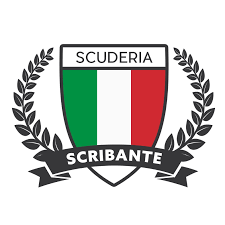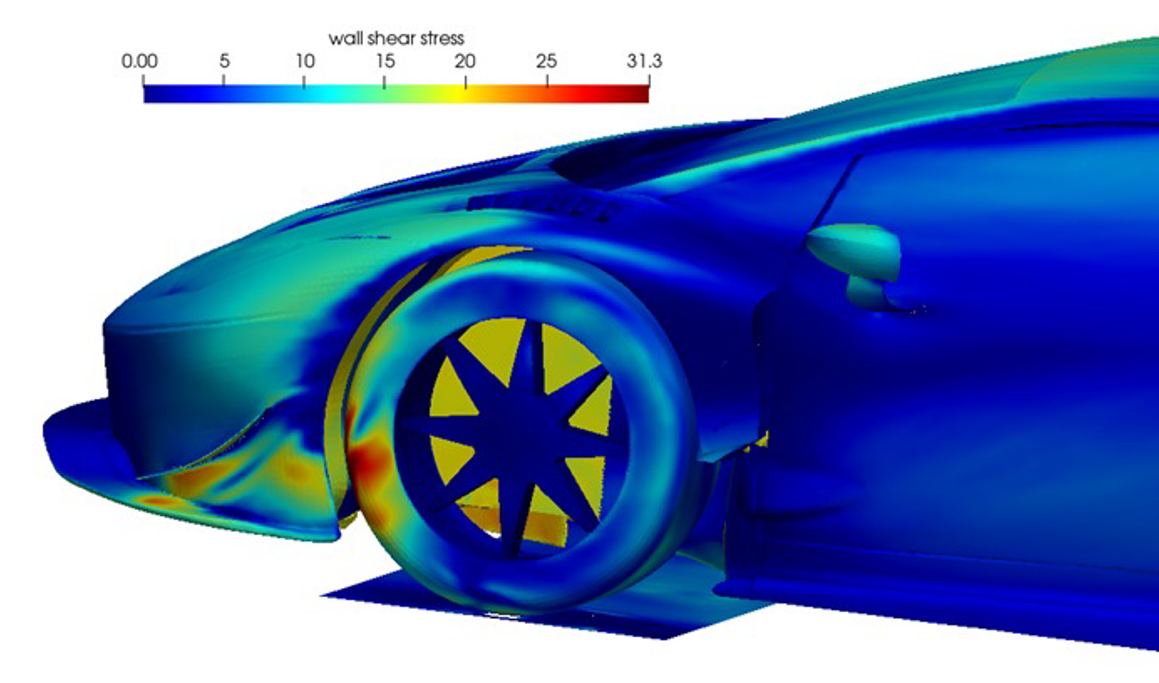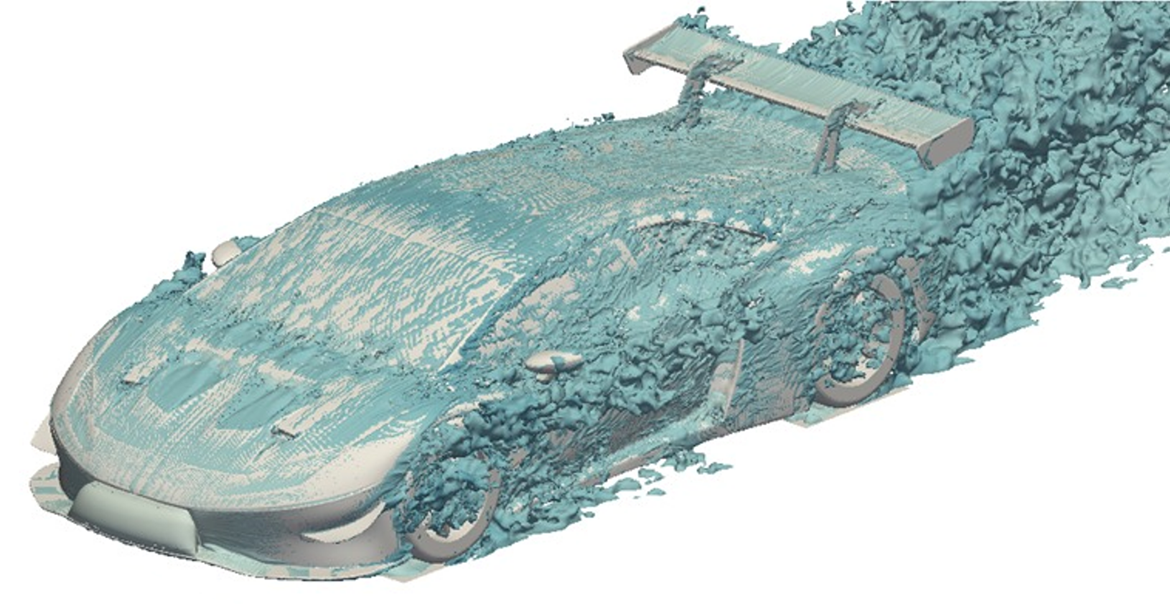This project was carried out with the invaluable collaboration of
 and
and 
please see a full listing of all contributors at the bottom of this post

the upgraded design of the front canards to be tested on the GT3 Lamborghini Huracan
Project Outline
Following on from 2021’s Aero-Rake project based on Scuderia Scribante’s GT3 Lamborghini Huracan racing car, this Masters Research project focused in on the front corners of the vehicle to address its imbalance in aerodynamic downforce in the front end of the vehicle which tended to see it push into corners.

the existing Scuderia Scribante GT3 Lamborghini Huracan EVO showing its front canards
This project also tandemed on the need to generate in-house knowledge in the sector of Computational Fluid Dynamics (CFD), which could then be paid forward to future engineering students within the Faculty, which thus spawned a parallel project in which a three-phased TDIF-funded eLearning platform was being developed for specifically this use.
The main purpose of this project was to acquire the skills and knowledge necessary to improve the on-track performance a Lamborghini Huracan GT3 EVO by mapping the aerodynamic profile of the full vehicle using CFD and on-track aerodynamic testing techniques.
Further, it was intended to develop new canards, or dive planes, for the front corners to address the understeer issues of the current vehicle. This was going to be achieved by conducting CFD simulations on a 3D scanned model, and on-track pressure– and tuft-testing of Scuderia Scribante’s racing team’s vehicle.

initial benchmarking of the front corner canards on the current GT3 Huracan
The CFD simulations were carried out using a very new Lattice Boltzmann (LBM) CFD solver in Altair UFX on a high-performance GPU cluster with 4 NVIDIA V100 GPUs – this further established collaboration between the NMU and the Centre for High Performance Computing (CHPC) in Cape Town, utilizing their Lengau supercomputer cluster.
This delivered extremely fast results when compared to traditional solvers based on the Navier Stokes method (NSM) typically used in other specialist CFD platforms, enabling reasonably rapid iteration of simulation studies.
In fact, a full-sized analysis of the entire vehicle’s aero profile was achieved in an amazing 4 hours, which would have taken very many days to achieve using NSM processes on standard desktops. Use of the CHPC supercluster is thus hugely beneficial to the project.

wall shear stress on the current GT3 Huracan configuration
This made design changes of the dive planes created for the project very fast to iterate. This has been traditionally a significant challenge in CFD simulations in the past, and is essentially a major step forward for CFD simulations.
The pressure testing will be done early in 2023 using bespoke pressure pucks with internal pitot tubes connected to differential pressure sensors. These can then be attached to various points on the vehicle to ideally verify simulated data.
The simulations and testing were done on the base vehicle and repeated after the various improvements to the vehicle dive planes were made.
This gives the researcher a two-fold indication of whether the improvements were successful or not. Use of a wind-tunnel option were just not practicable from both an expense and logistical point of view, as these are far- and few-between in the country.

vortex shedding comparison between existing configuration and suggested canards
The research will contribute to the field of CFD and aerodynamic analysis as this new Lattice Boltzmann method is not yet widely used and accepted and thus investigation into its practicality is needed.
CFD has traditionally been considered the preserve of large commercial entities as the resources and skills required was out of reach of smaller entities such as a local racing team.

streamlines displaying the disturbance of the flow around the front canards
Bridging the gap between global CFD expertise and local engineers is a crucial step towards the future of simulation driven engineering in South Africa.
The work carried out here in the research project has further established a significant capability at the NMU within the AEDG to address engineering problems that require CFD simulation, as well as creating a learning platform to assist future students & staff members who wish to expand their knowledge-base in this area.

an iso-surface output of velocity displaying vorticity and flow disturbance around the full vehicle
Contributors
Huge thanks & appreciation must go out to all these individuals for their completely selfless contribution to this, be it for information, advice, their time, their contacts, their services, or whatever contribution they made, no matter how big or small.
Custom Works (Arno Seyfert)
Scuderia Scribante (Byron Teengs)
NMU Mech Eng (Dr William Rall, Gideon Gouw)
Stopforth Robotics & Research Lab (Prof. Riaan Stopforth)
AEDG Team (Clive Hands, Brian Jack)